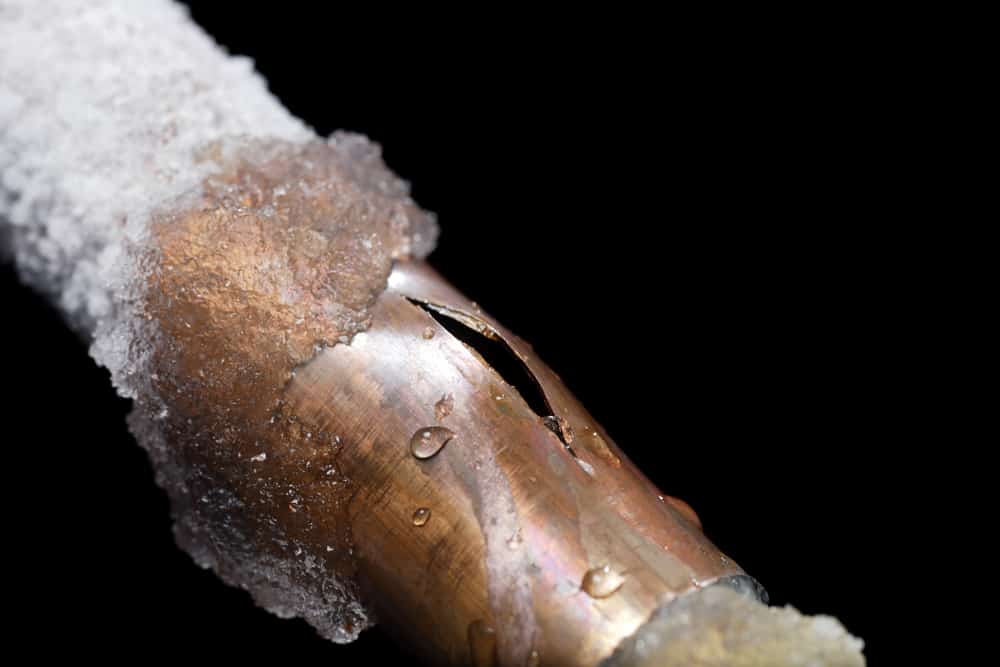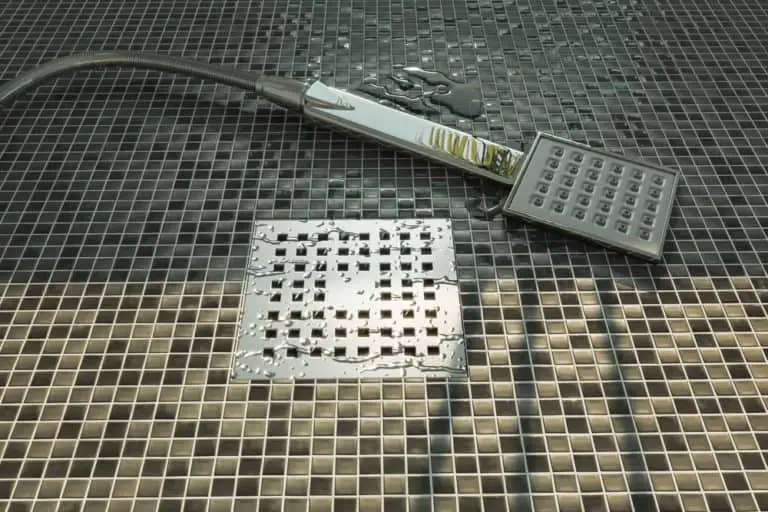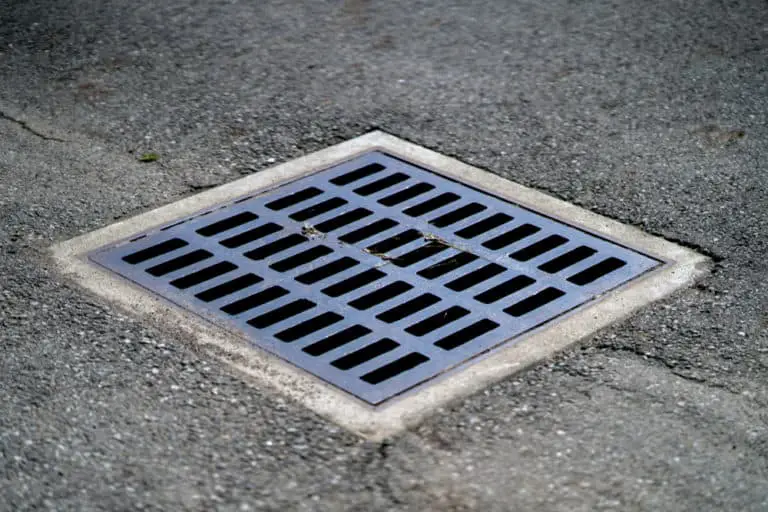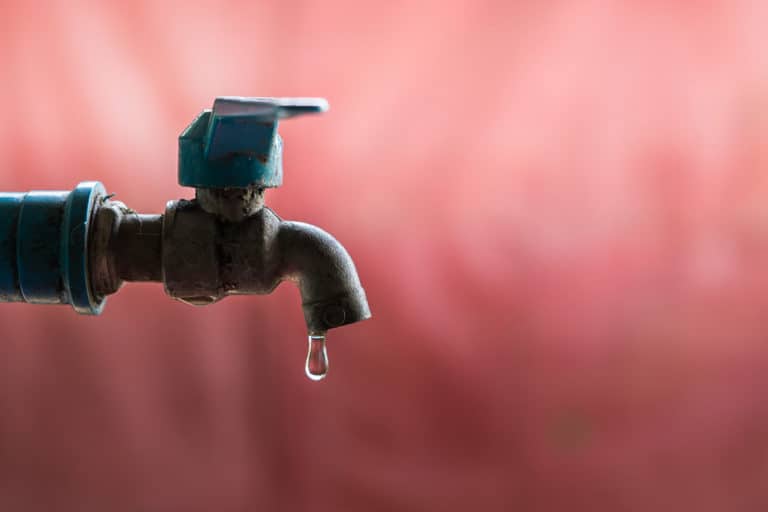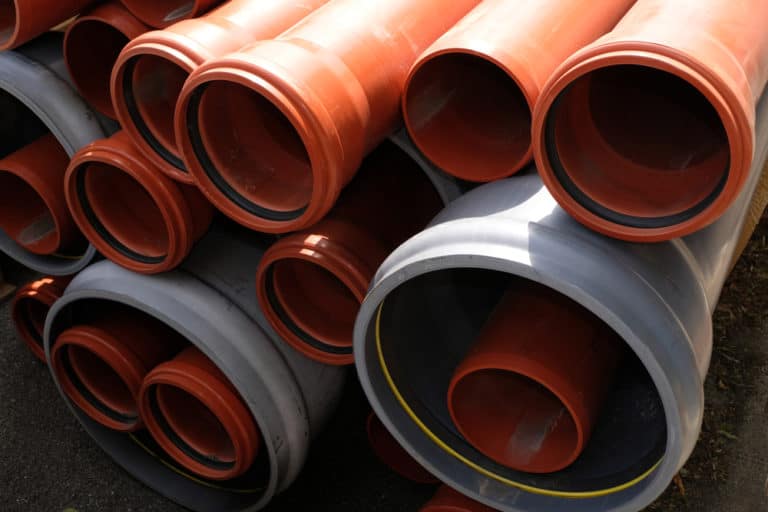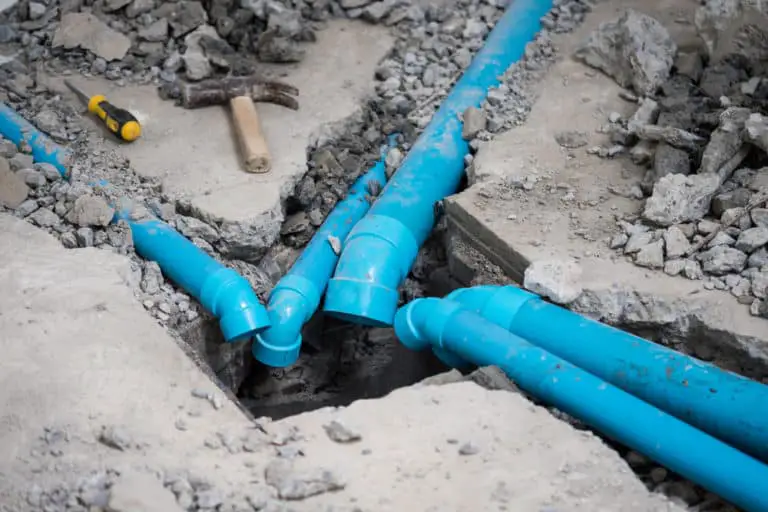Why Do Freezing Pipes Burst?
A frozen pipe that can potentially burst is a worst-case scenario for homeowners during the wintertime. To prevent this from happening, we need to understand how pipes end up bursting and what you can do to prevent that from happening.
Freezing pipes burst because of the extreme pressure from the build-up of ice and water inside the pipe. Pipes are designed to handle up to 250 psi of pressure without leaking. When frozen, the ice will constantly pressure a point in the pipe and allow water to build up. The concentrated force is what will cause the pipe to burst.
Read on as we’ll be going into pipes, pressure, what happens when pipes freeze, how freezing affects your plumbing system as a whole, and many more.
Pipes and plumbing: A general overview
Before anything else, we first want to get into how your pipes are designed and how your plumbing system is also designed. It’s essential to know more about these two.
Size of your pipes
Since a pipe bursting is caused by the amount of pressure in it, then you’ll probably want to make sure that your pipes that are already experiencing a lot of force are the ones that are well insulated and heated.
We’ll be discussing more about how the pressure inside pipes works later in the article. The general gist is that the smaller your pipe’s diameter, the more pressure it will have.
Materials of pipes
Pipes are generally made out of three primary materials, which are copper, steel, and PVC. For our article, we’ll be getting into how these materials interact with cold temperatures and the probability of bursting.
Pressure
A plumbing system operates around pressure. Pressure is what allows water to move within the pipes in a fast and efficient manner. A pump is used to push the water, and the pipes’ different sizes help manipulate the pressure within the system.
We all know that pressure is derived from the equation Force/Area to simply explain this concept. The more area that a force covers, the weaker the pressure will be and vice versa. Now imagine that you have a pipe around an inch in area with a force of 1000 N acting on it. That would lead to 1000 N/sq inch.
If that same pipe were to lead to another pipe with an area of ½ inch, then you’d end up with a pressure of 2000 N/sq in. This is great for getting water from one place to another because you doubled the force pushing the water by simply changing the pipes’ sizing.
Generally, pipes experience around 150 psi but can usually handle up to 250 psi without leaking. Anything more than that and the excess pressure will either cause the pipe to burst or to leak.
What happens when pipes freeze?
When the pipe itself reaches a low enough temperature, around 40 degrees, the water inside the pipe will begin to freeze over an extended period.
You may be wondering why the water would freeze if there’s water pressure going on inside. Remember that the pressure inside that pipe is constant, meaning that they’re the same throughout that pipe. Since the pressure is consistent, they behave as if it’s still water if it’s not being used. This is why indoor faucets are often dripped during wintertime to ensure the water inside the pipe is constantly moving.
As long as the water remains still, the water inside the pipe will begin turning into ice. Water expands by 10% when turned into ice; the reason for this is that while the liquid can freeze, the air inside the water doesn’t, which then causes this expansion.
As mentioned earlier, the ice creates a pressure point on the pipe, and the water that ends up becoming clogged because of the ice ends up adding even more pressure on this point. The combined pressure from the ice and the clogged water is what will cause your pipes to burst.
Will pipes always burst when they freeze?
The answer to this question is highly dependent on what type of pipe is frozen, the size of that pipe, and how long it has been frozen. If the pressure is not so extreme to cause it to burst but is above normal levels, what would end up happening is that your pipe will get damaged instead.
The damage that your pipe will show will probably be in the form of cracks. A good indicator to watch out for is any leakage from your pipes.
Do waste pipes burst?
Unlike water pipes, which have high amounts of pressure, wastage pipes will not burst if they become frozen. Wastage pipes transport water with gravity and atmospheric pressure, while water pipes rely on a pump.
This is not to say, however, that you should disregard insulating or heating your wastage pipes. If the vent pipes or the wastage pipe itself gets clogged, it can cause waste to build inside and cause you problems down the road. Also, if the pipe freezes, the material could deteriorate and cause leaking.
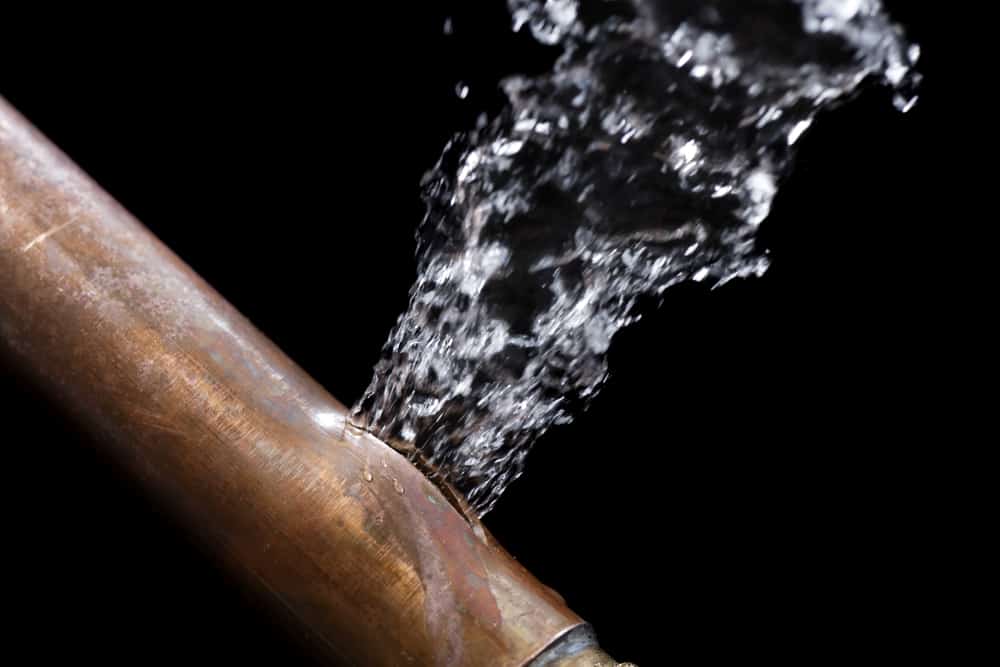
How freezing affects the material
This section of the article wants to get into how the different materials will react to freezing temperatures. It’s essential to understand this so that you’ll know what to expect if your pipe gets frozen. We’ll also be going into the specific preparations you’ll need to make based on your pipes’ material.
- For plastic pipes, they are capable of expanding to adjust to pressures put on them. Since plastic is a relatively “soft” material, it has a somewhat higher tolerance to changes before deforming or bursting.
Since plastic pipes are not very good at conductors, which is a good thing and a bad thing, you’ll need to make sure that there.’
- For steel pipes, since they are the most durable type, they won’t burst but will most probably end up becoming deformed if too much pressure is put on them.
Steel pipes are often used for sewage pipes since they can cover longer distances without supports.
- For copper pipes, they are combined with the fact that copper is a relatively soft metal and a great conductor. They’re the most susceptible to bursting if frozen.
Copper pipes are a double-edged sword. You can take advantage of them being great conductors by ensuring that they receive ample amounts of heat.
When exactly will a pipe burst not be precisely determined since every scenario will be different? The main takeaway from this section is that you should prepare accordingly to your current plumbing system.
Preventing your pipe from bursting
We’ve done many articles on how to prevent your pipes from freezing, especially in places that experience bad conditions like your basement, crawlspace, and slab foundation. For this article, we’ll only be briefly tackling the steps needed to be taken.
The general advice can be broken down into three words: insulation, heating, and maintenance.
| Insulation | BoardFoam-SprayBlanket Fill-type |
| Heating | Electric HeaterFireplace HVACRadiator |
| Maintenance | Dripping Thawing |
These are the general points of how to go about protecting your home from the elements. Remember that a house is a sum of its parts and that even just one broken/missing piece can affect everything else.
Thawing your frozen pipes
It’s recommended that you thaw your pipes if they’ve become frozen over the winter. However, you need to do this properly for it to work or else you can unknowingly cause even more damage to your pipes.
Here are some simple pointers on how you should go about thawing your pipes in the safest way possible:
- Turn off your gate valve first.
We want to avoid allowing more pressure to accumulate within the pipe. If your pipe was frozen, your gate valve should have already been closed. If not, then do this step first is to make sure that there’s no water running into the frozen part of your piping and that all the water is drained.
- Apply the heat
There are many ways you can go about applying heat to your pipes. The most common and easiest method is to use a hairdryer to thaw out your pipes. This works well because the heat is concentrated and can easily be controlled.
You should be applying heat until there are no more signs of ice within the pipe. A quick tip would be to let the pipe cool and to check for any cold spots. A quick way is to tap your pipes loud enough to make a sound inside, assuming that your pipes don’t have water in them; if no sound is made, it may indicate that some ice is still present.
- Let the water run
Once reduced, the ice inside your piping shouldn’t be able to cause any more damage. Letting the water run through your pipes by turning your gate valve and using your water fixtures such as faucets will help melt and remove the ice entirely from your piping.
What to do if your pipe has burst
Before anything else, if your pipe has managed to reach a point that it was capable of bursting, then you’ll need to recheck your insulation/heating system. A pipe bursting indicates that your pipe has been left in cold temperatures for quite a long time.
There’s not much that you can do if your pipe has wholly burst open. However, the best step to take is to turn off the gate valve for that pipe and drain the excess water. As soon as you can, call in a plumber to have your piping system repaired and checked to ensure there aren’t any more frozen pipes.
If only cracks show up on your pipes, just thin enough to cause minor leaks, the good news is that you can do something about that. A simple repair job of covering the crack with tape, preferably insulating tape if you have any on-hand, should do the trick. We suggest tape over caulk because the caulking might not set well considering the cold temperatures.
Outdoor water pipes
You might be wondering if your outside water pipes are more susceptible to bursting since they have less insulation and no heating. Yes, they are more vulnerable to freezing; however, you can prevent the probability of this happening with the proper steps.
Outdoor pipes have some advantages, in terms of freezing protection, compared to other pipes. Here’s a quick list of what these advantages are:
- Thicker than your house pipes to carry more water. This will make it harder for the cold to freeze your pipe.
- Geothermal heat from the ground will help regulate the temperature of your pipes.
- The closest ones to your neighborhood’s main water line mean that the water it receives will probably be from a regulated temperature pipeline.
- The water inside outdoor water pipes is in motion even without dripping since all the other pipes will most likely be sourcing their water through this pipe.
These factors alone already reduce the chances of your outdoor water pipes freezing. Add that with some sound build-up insulation tape, insulative casing, and pipe sleeves will make your outdoor pipes highly protected against colder temperatures.
Conclusion
In conclusion, freezing pipes burst due to the amount of pressure that builds upon a single point along your pipe. This pressure build-up is caused by the water expanding and water buildup due to the ice clogging the pipe.
Pipes will react differently to freezing temperatures based on their materials. Materials such as copper are more susceptible to bursting when compared to materials like steel which is vulnerable to deforming.

